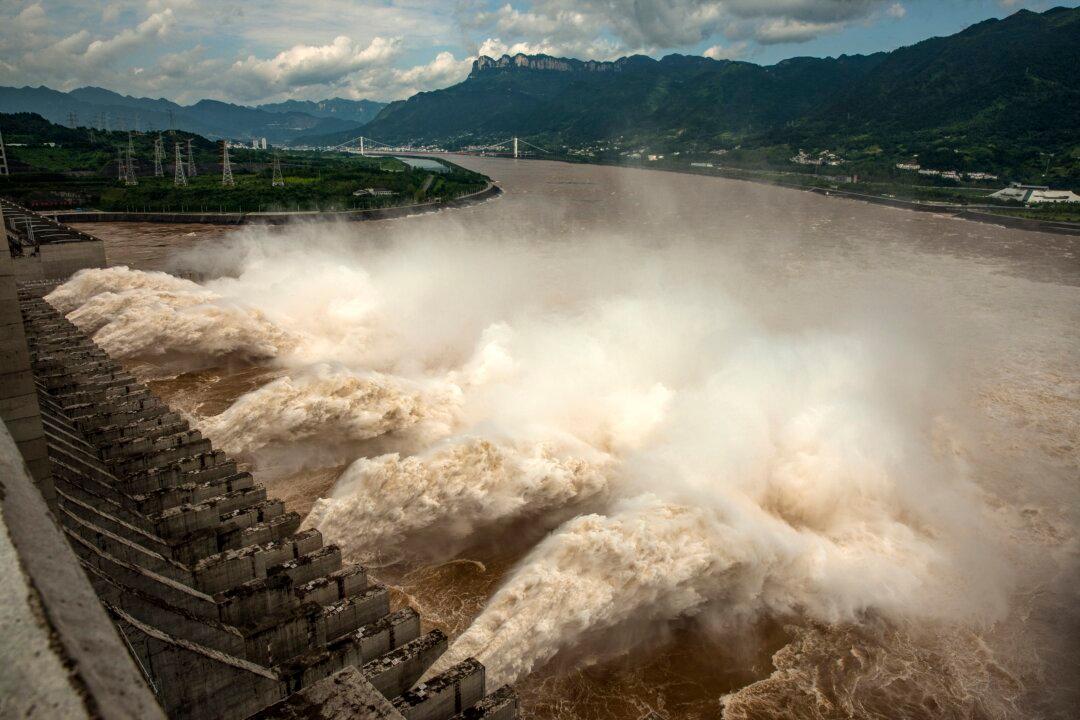All three of China’s major rivers—the Yangtze, Yellow, and Huai rivers—overflowed due to heavy rains on July 21, with water levels at most regions going over alert levels.
The three river basins are among the country’s most developed and active grain-producing regions. The rice-growing area of the Pearl River basin, suffered flooding in June. But the Chinese regime did not assess the total damage to the country’s crops.





